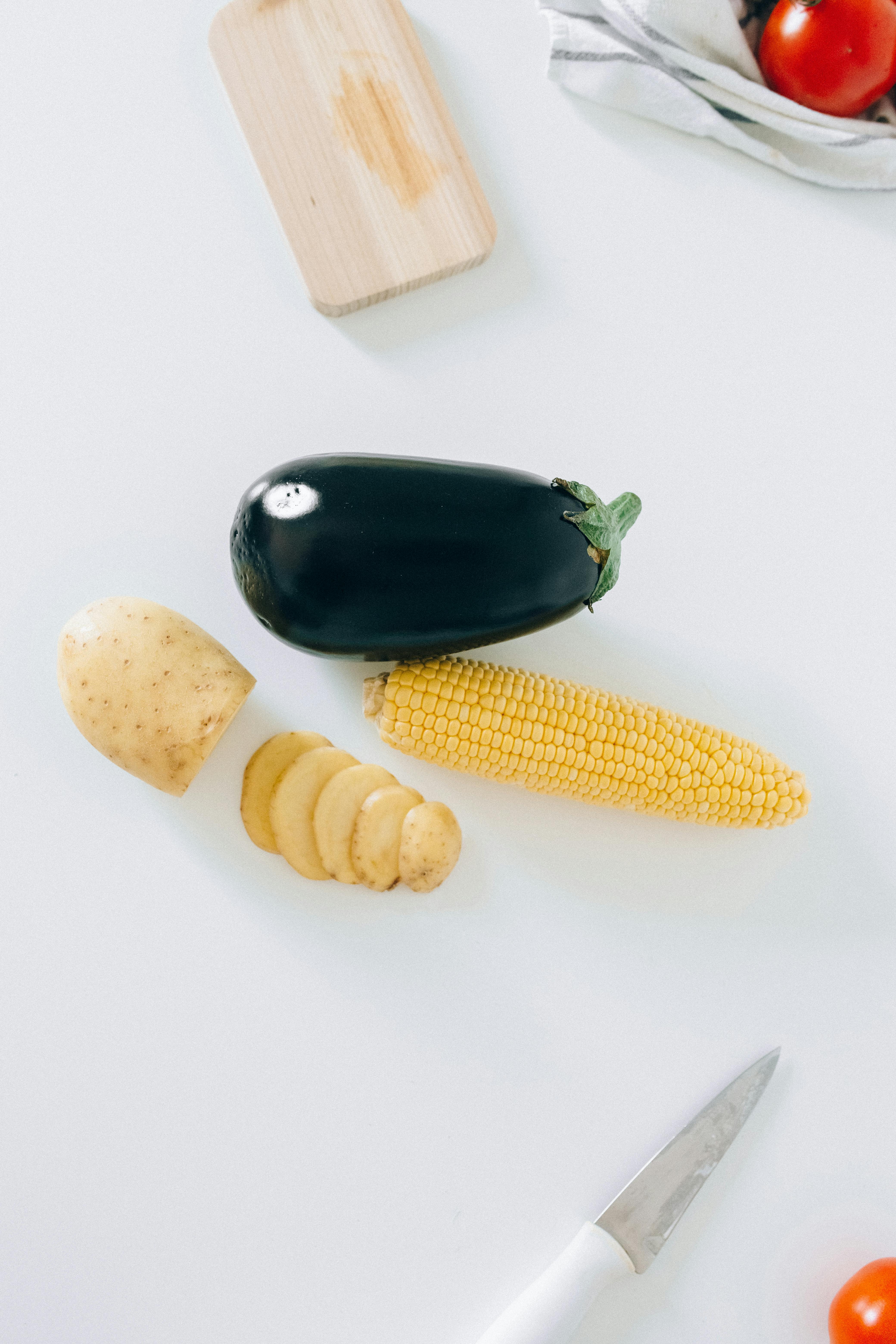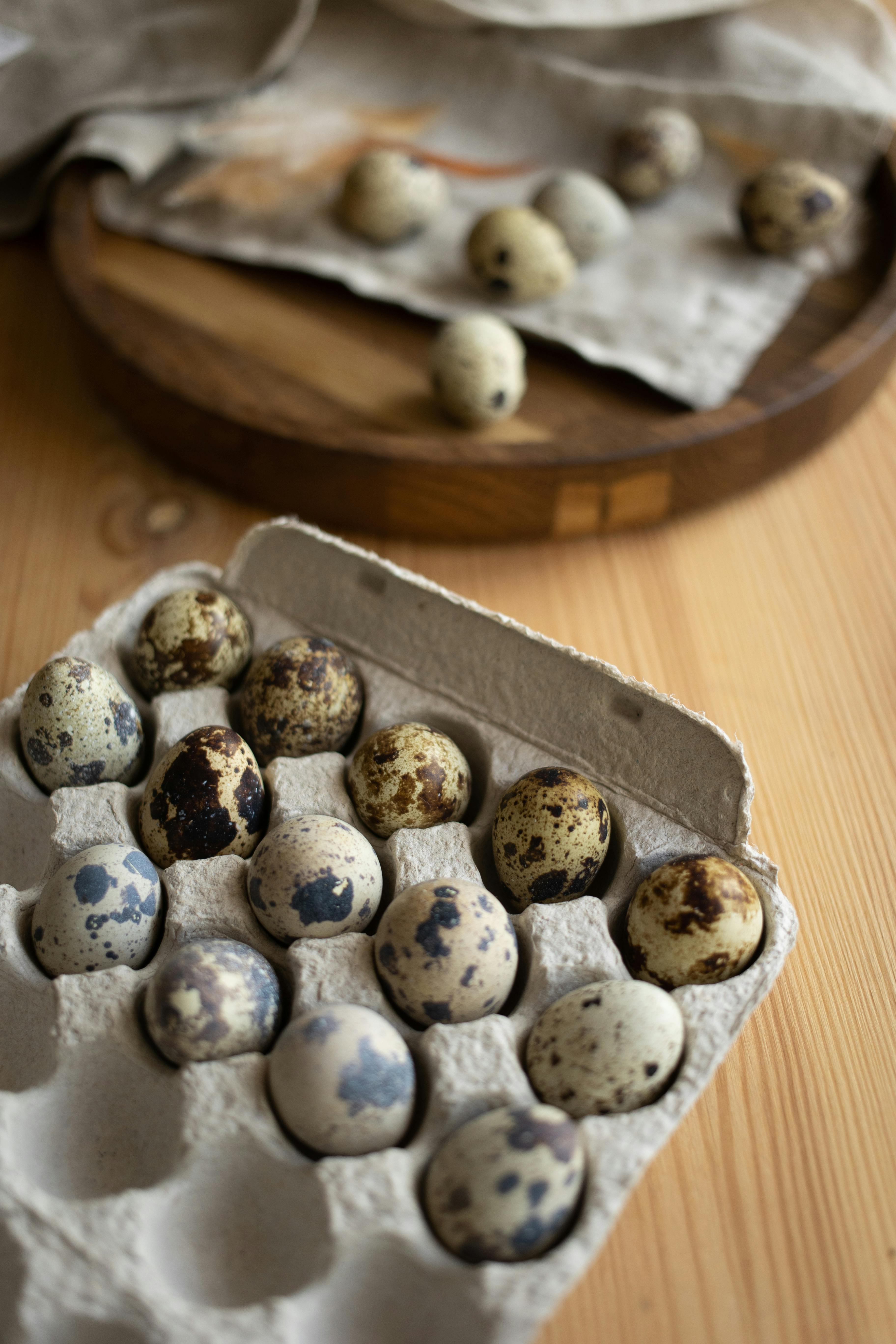
Effective Ways to Optimally Choose a Dental Soft Diet Food List in 2025
Choosing the right foods for a dental soft diet is crucial for those recovering from procedures like tooth extractions or experiencing dental issues. An optimal dental soft diet helps ensure healing while making meals enjoyable and nutritious. This article explores effective ways to create a food list that caters to the specific needs of dental patients, including a variety of soft foods that are easy to chew and digest. We’ll cover the essential categories of foods, nutritious soft options, delicious recipes, and practical tips to facilitate a smooth recovery.
Many patients benefit from having a well-rounded soft food diet, which not only aids in recovery but also maintains nutritional balance. We'll delve into categories like soft proteins, fruits, vegetables, grains, and dairy, offering examples of what to include in your meal prep. Following this roadmap can empower individuals to make informed decisions about their dietary needs post-dental surgery.
Key takeaways include the importance of blending flavors and textures, incorporating nutrient-rich options, and preparing easy-to-eat meals that are both satisfying and supporting healing processes. Let’s explore these effective ways to optimize a dental soft diet food list in 2025.
Essential Elements of a Soft Diet for Dental Health
Understanding the fundamental components of a soft diet is crucial for designing an appropriate food list for dental patients. A soft diet primarily includes foods that are easy to chew and swallow, minimizing discomfort and irritation during the healing process. Here are the key components to consider:
Nutritious Soft Foods
Nourishing the body while recovering from dental surgery is essential. Foods like smoothies and pureed meals provide necessary vitamins and minerals without requiring extensive chewing. Incorporating protein sources, such as Greek yogurt or blended beans, boosts recovery, supporting repair and strength in oral tissues.
Texture and Flavor Combinations
Choosing soft foods with varied textures can enhance meal experiences. Opt for creamy soups, porridge, or mashed vegetables paired with flavorful herbs or spices. This not only keeps meals interesting but ensures that patients receive a well-balanced array of nutrients.
Types of Soft Foods to Include
Common soft foods include creamy dairy products, well-cooked grains, tender fruits, and mild flavored proteins. Examples are cottage cheese, oatmeal, applesauce, and soft-cooked fish. Ingredients that are high in fiber but soft in texture, like mashed bananas or pureed avocado, provide volume without compromising ease of eating.
Blender-Friendly Foods
Utilizing a blender can significantly expand the options available on a soft food list. Foods can be blended into smoothies or soups, combining various ingredients for improved health benefits. This method is especially useful for creating nutrient-dense meals while maintaining the necessary texture.
Medical and Nutritional Considerations
When curating a soft food list for dental recovery, it is important to consider any individual dietary restrictions or allergies. Consulting with a dentist or nutritionist can help tailor the food choices to meet specific health needs, ensuring optimal recovery.
Top Soft Diet Foods Ideal for Recovery
Once the essential elements of a soft diet are understood, selecting specific foods becomes easier. Below are some categories of foods and examples that are not only easy to chew but highly nutritious.
Soft Proteins for Dental Health
Protein is vital for tissue repair, especially after dental surgery. Soft protein sources such as scrambled eggs, tofu, and fish can provide the necessary nutrients without causing strain on healing gums. Incorporating these options in varied dishes ensures adequate protein intake.
Nutritious Soft Fruits
Fruits like ripe peaches or bananas can be included in a soft diet. Baked apples or pureed fruit mixes also serve as delicious options. They are rich in vitamins and minerals, promoting good health and boosting the recovery process.
Soft Dishes and Meal Ideas
Preparing soft meals does not need to be dull. Consider creamy soups, risottos, and soft polenta as meal bases which can allow for creativity. Spice them up with soft herbs or add a touch of cheese to enhance both flavor and nutritional content.
Refreshing Smoothie Recipes for Dental Patients
Smoothies are a fantastic way to merge flavors and nutrients. Experiment with combinations of soft fruits, yogurt, and leafy greens for a refreshing meal. Adding protein powder can boost the nutrient levels as well. Consider recipes like banana-spinach and berry yogurt smoothies that are both palatable and healthful.
Dairy and Dairy Alternatives
For those who consume dairy, yogurt and cottage cheese are excellent soft foods that support digestive health while providing protein and probiotics. For individuals who prefer dairy-free options, consider almond or coconut yogurt, which can be equally nutritious and delicious.
Practical Tips for Meal Prep on a Soft Diet
Meal prepping for a soft diet can save time and ensure adherence to dietary needs. Efficient planning plays a critical role in managing post-surgery recovery while enjoying meals.
Creating a Soft Food Meal Plan
To create a soft food meal plan, start with a weekly layout that includes breakfast, lunch, dinner, and snacks. Emphasize variety by selecting different soft foods for each day. Incorporating smooth soups, blended smoothies, and soft snacks can help maintain excitement during the recovery period.
Batch Cooking for Convenience
Batch cooking soft meals can streamline the preparation process. Cooking large quantities of soups, mashed vegetables, or smoothies for freezing allows easy access to healthy meals while recuperating. When needed, simply reheat or blend for a quick yet nourishing option.
Easy-to-Chew Snack Ideas
Snacks are essential even on a soft diet. Focus on yogurt parfaits, soft baked goods like muffins, or simple options like applesauce. Keeping healthy snacks readily available enhances adherence to the diet, reinforcing oral health while satisfying cravings.
Staying Hydrated Post-Surgery
Maintaining hydration is crucial for recovery. Consider smoothies and nutrient-dense drinks, alternating with plain water. This ensures that nutritional and fluid needs are balanced, which can positively impact healing.
Balancing Comfort and Nutrition
Striking a balance between comfort foods and nutritious meals can enhance overall satisfaction while adhering to a soft diet. Experiment with creamy textures and comforting flavors to elevate culinary experiences during recovery.
Q&A on Dental Soft Diet Options
What are some of the best soft food options after dental surgery?
Ideal soft food choices include smoothies, yogurt, mashed potatoes, soups, and pureed vegetables. These foods are easy to chew and digest while providing necessary nutrients for recovery.
Can I eat fruits after dental surgery?
Yes! Soft fruits like bananas, applesauce, and avocados are great options. They are nutritious and easy to consume, aiding in the healing process.
How can smoothies help with my dental recovery?
Smoothies offer a convenient way to consume a range of nutrients while maintaining a soft texture. They can include fruits, yogurt, and even leafy greens, providing essential vitamins and minerals.
What should I avoid eating after dental surgery?
Avoid hard, crunchy, or sticky foods, as they can irritate the healing tissues in your mouth. Foods like popcorn, nuts, and tough meats should be omitted during recovery.
Are dairy products beneficial in a soft diet?
Dairy products can be beneficial as they provide protein and essential calcium. Options like yogurt and pudding are excellent choices for maintaining nutrition while being easy to consume.

